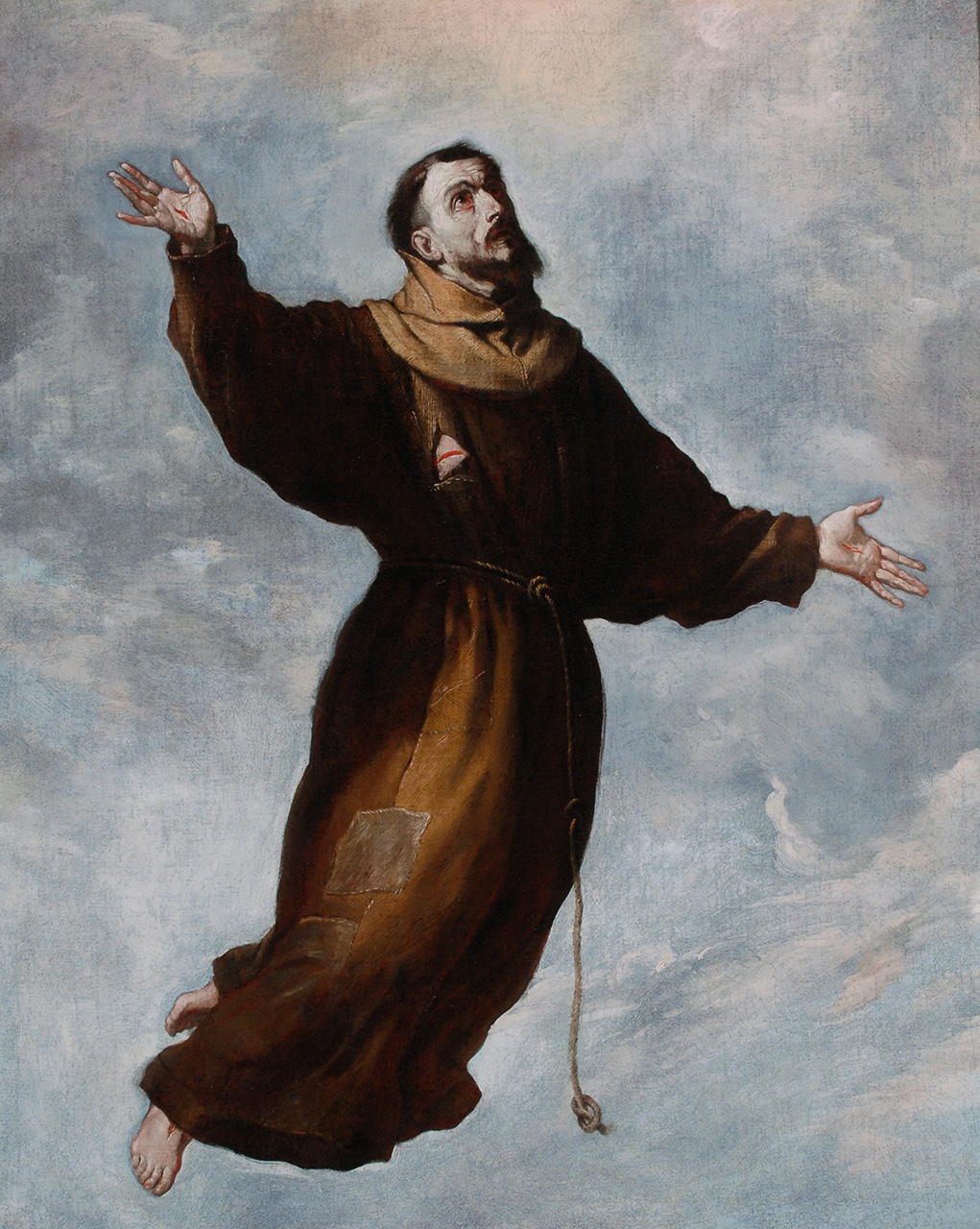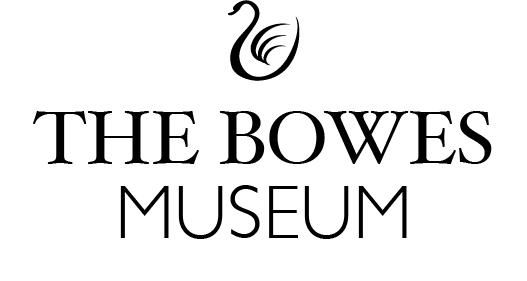
A Levitation of Saint Francis
St Francis is one of the most popular and venerated figures in Christianity. Born in Assisi in late 1181 or early 1182, he initially lived a vain and frivolous life as a merchant before experiencing a period of divinely inflicted ill health and exhibiting the spirit of prophecy. He began thereafter to grow rapidly in faith and maturity, forsaking wealth and privilege in order to devote himself to a life of absolute apostolic poverty. This led him to deny himself food and comfort and to exchange his fine clothes for the rags of beggars, encouraging those around him to follow in his footsteps. His endeavours were eventually rewarded in 1209 by Pope Innocent III, who granted him permission to found the Order of the Friars Minor, a grouping most commonly known as the Franciscans.
St Francis’s standing in Christianity is partly a product of his status as a thaumaturge or miracle-maker. Although contemporary records make no reference to his ability to levitate, his Franciscan colleague and biographer, St Bonaventure (1221–74), claimed that he could often be found floating in the air during his spiritual ecstasies, sometimes soaring upwards over the treetops and into the sky where he all but disappeared from view. Later accounts, such as the Golden Legend (c. 1264), describe an event that is reputed to have taken place in 1224, when Francis experienced a vision in which he looked upwards into the sky and saw a crucified Seraph (the highest of the nine orders of angels), which imprinted the signs of the Crucifixion—the stigmata—upon him. Although Francis took great care to conceal the wounds to his hands, feet, and side, they became public after his death in 1226, transforming his body (which he had regarded in life as his greatest enemy) into a source of fascination and reverence.
As is often the case of Spanish artworks, the painting in The Bowes Museum envisions the levitation and the stigmata as events that are concurrent rather than sequentially connected. Staring upwards towards heaven while ascending through the swirling clouds of the inchoate celestial aether, St Francis is depicted as a pale and emaciated figure with conspicuously reddened eyes (a reference to his fondness for weeping) and a distinctively angular face. His robes, which have become tattered and scruffy over the years, are fastened with a simple rope belt known as a cincture. The knots within it represent his commitment to the vows of poverty, chastity, and obedience. Most noticeable, however, are the wounds to his hands, side, and feet, which characterize him as an alter Christus or surrogate Christ, a figure who suffers by proxy and in so doing becomes able to map the coordinates of his identity onto that of his spiritual archetype. The painting functions in this respect as an empowering invitation, encouraging viewers to embrace procedures ascetic or self-inflicted suffering as mechanisms for becoming like Francis, and by implication, like Christ himself.
 Click to zoom and pan
Click to zoom and pan
...
Your feedback is very important to us. Would you like to tell us why?
We will never display your feedback on site - this information is used for research purposes.
Artwork Details
Title
A Levitation of Saint Francis.
Artist
After Jusepe de Ribera (1591–1652).
Date
c. 1630–50.
Medium and Support
Oil on canvas.
Dimensions
100 x 81.5 cm.
Marks and Inscriptions
None.
Acquisition Details
Bequeathed by John and Joséphine Bowes, 1885.
Previous Owners
Purchased by John and Joséphine Bowes from the collection of the late Conde de Quinto, 1862, cat. 107, as by Murillo.
Institution
The Bowes Museum, Barnard Castle, B.M.69.
Bibliography
Enriqueta Harris, ‘Spanish Pictures from the Bowes Museum’, Burlington Magazine, 95 (1953, no. 598): 22–25;
Martín S. Soria, ‘Notes on the Spanish Paintings in the Bowes Museum’, The Connoisseur, 148 (1961, no. 595): 30–37;
Eric Young, ‘Spanish Paintings at the Bowes Museum’, Apollo, 85 (1967): 455;
Eric Young, Four Centuries of Spanish Painting: 17th June – 17th September 1967, The Bowes Museum, Barnard Castle, County Durham (Gateshead: Team Valley Printers, 1967), pp. 52–53;
Eric Young, Catalogue of Spanish Paintings in the Bowes Museum, 2nd ed. (Middlesborough: The Bowes Museum, 1988), pp. 168–70;
Mercedes Cerón, ‘A Levitation of Saint Francis’, https://www.vads.ac.uk/digital/collection/NIRP/id/28418/ [accessed: 09.07.22].
